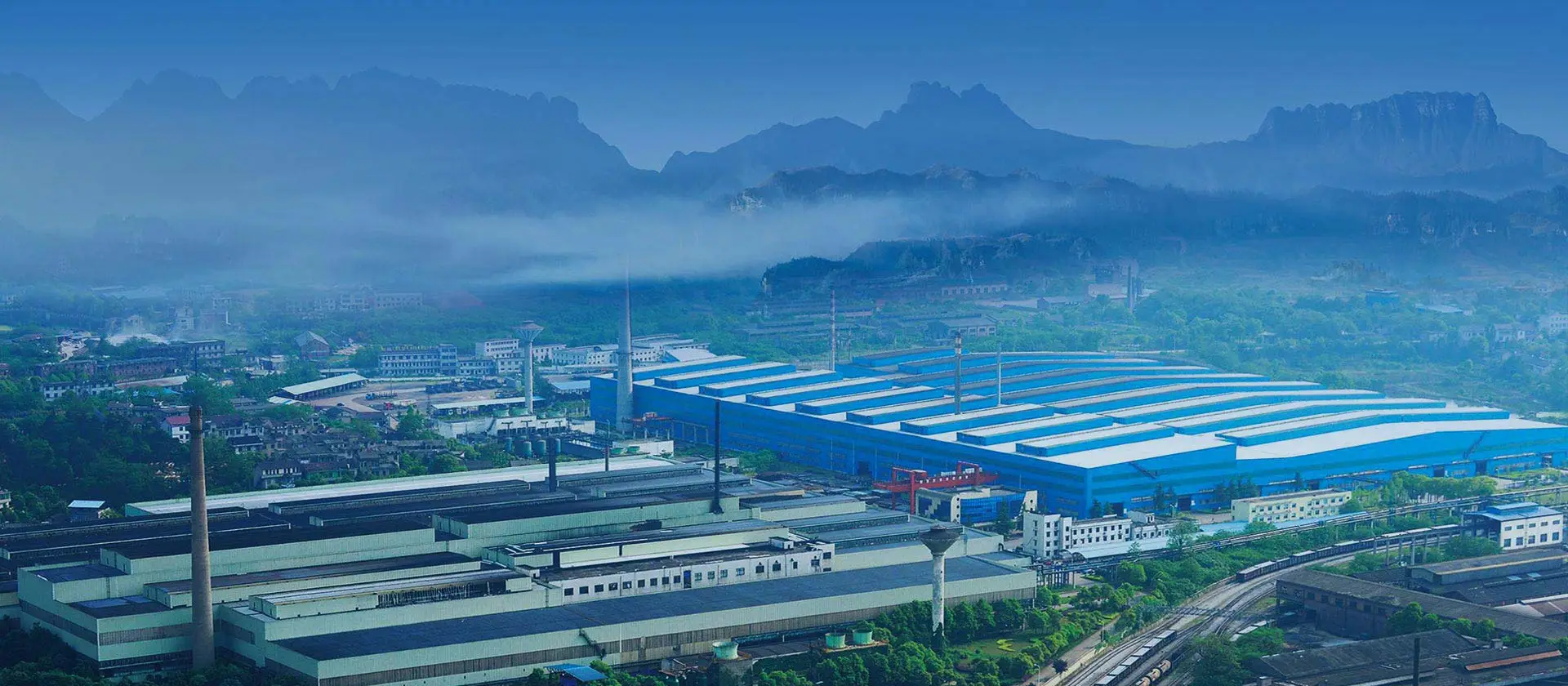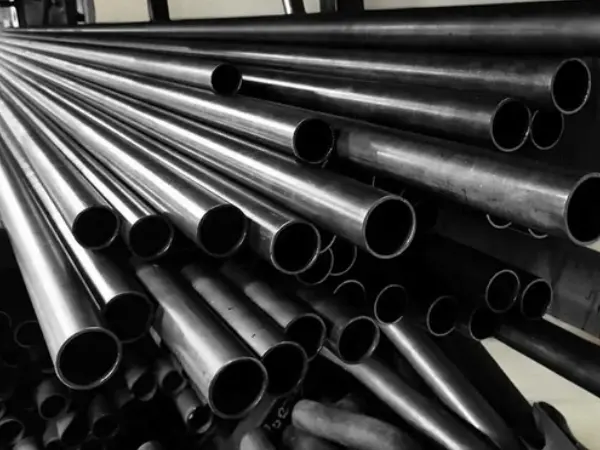
in the oil and gas industry, the reliability and efficiency of pipe connections are paramount. a petroleum pipe thread connection structure with a pitch of 4.5 threads per inch is designed to meet these stringent requirements. this specific thread pitch ensures a secure and tight seal, which is crucial for the high-pressure environments typical in oil drilling operations.
the thread form, known as v-0.038r, indicates a v-shaped thread with a tooth root fillet radius of 0.038 inches, a detail that contributes to the thread's strength and resistance to wear . the number 4.5 refers to the thread pitch, meaning there are 4.5 threads per inch of pipe length. this pitch is a balance between the need for a strong connection and the ease of assembly and disassembly.
the development of such a thread connection structure involves meticulous engineering to ensure that it can withstand the harsh conditions of oil and gas extraction. the threads must be precise to maintain a seal that prevents leaks, which could lead to environmental hazards and operational disruptions. the use of high-quality steel and advanced manufacturing techniques, such as cold forming, is essential to achieve the necessary thread integrity and durability.
in addition to the mechanical properties, the thread connection structure must also be compatible with the various types of fluids it may come into contact with, including crude oil, natural gas, and water. the threads are often treated with corrosion-resistant coatings or materials to extend their service life and maintain the integrity of the connection over time.
the 4.5 threads per inch pitch is a common standard in the industry, and it is specified in various international standards such as api spec 5b, which sets out the requirements for oil well casing and tubing . adherence to these standards ensures that the thread connections are reliable and can be safely used in a wide range of applications.
in summary, a petroleum pipe thread connection structure with a pitch of 4.5 threads per inch is a critical component in the oil and gas industry. it represents a combination of precision engineering, material science, and adherence to industry standards, all of which are necessary to ensure the safe and efficient extraction and transportation of oil and gas resources.


